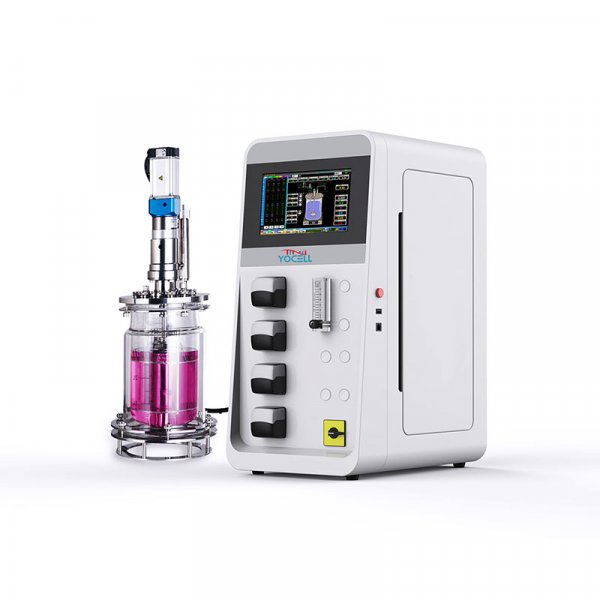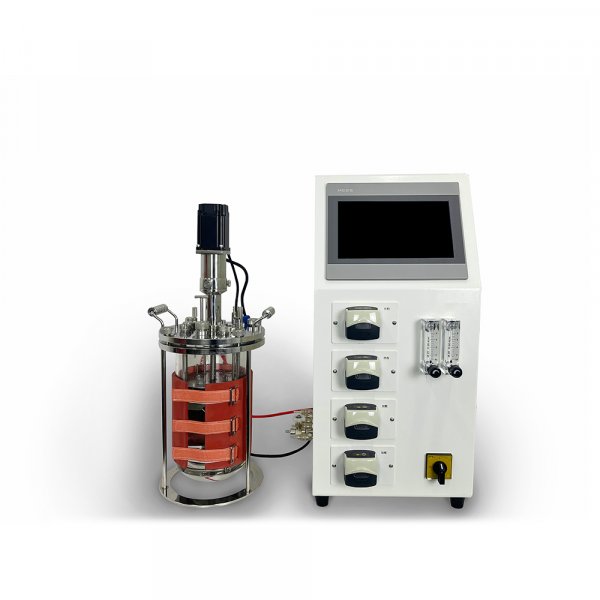1. Understand exosomes
Exosomes are a type of extracellular vesicles, with diameters ranging from 30 to 150 nanometers. Almost all types of cells can secrete them. They are rich in cholesterol, sphingomyelin, and various biomolecules, including proteins, mRNA, and miRNA. These molecules not only have biological activity but also can regulate the functions of target cells after entering them. For example, studies have found that exosomes secreted by mesenchymal stem cells can enhance the activity of neutrophils by carrying miRNA, thereby playing a role in inflammatory responses.
2. Tangential flow filtration technology: Exosome isolation
2.1 Protect the integrity of exosomes
Exosomes are nano-sized flexible particles with a fragile lipid membrane. Their fragility makes them highly susceptible to damage during the separation process. The traditional ultracentrifugation method generates significant shear force during the long and high-speed rotation process, which may disrupt the structure of exosomes and cause the leakage of internal biomolecules, thereby affecting the biological activity and subsequent research of exosomes.
The tangential flow filtration technology enables exosomes to pass through the separation interface through a gentle tangential action. The exosomes are not directly subjected to the compression of the fluid, which significantly reduces the damage to the flexible structures of exosomes. This effectively protects the integrity and biological activity of exosomes, ensuring that they can maintain their original functions and characteristics after separation, providing a reliable sample for subsequent research and applications.
2.2 Efficient separation and concentration
When dealing with large-volume samples, the efficiency of the tangential flow filtration technique is particularly remarkable. It can complete the separation and concentration of exosomes in a relatively short period of time, significantly improving work efficiency. By increasing the contact area between the filtrate and the nano-porous membrane, the tangential flow filtration technique enables exosomes to pass through the appropriate pore size filtration membrane more quickly, achieving the separation from other impurities. At the same time, this technology can also avoid membrane clogging, making the entire separation process more smooth and efficient.
In contrast, the traditional ultracentrifugation method requires multiple centrifugation steps, which is cumbersome and time-consuming. Moreover, during the centrifugation process, exosomes may be lost. For scientific research projects that require a large number of exosome samples, such as exosome drug development and large-scale exosome production in clinical applications, the efficiency of tangential flow filtration technology undoubtedly has significant advantages.
2.3 Widely applicable sample range
The tangential flow filtration technology is applicable to samples from various sources, whether they are complex body fluid samples such as blood and urine, or relatively simple samples like cell culture solutions. It can effectively separate exosomes from all these types of samples. Different types of samples have significant differences in their components and properties, and traditional single-separation methods are difficult to meet the needs of all samples. However, the tangential flow filtration technology, with its flexible parameter adjustment capabilities and unique working mode, can adapt to various complex sample environments and stably achieve exosome separation, providing strong support for the in-depth research and application of exosomes in various fields.
2.4 Selection of membrane form
lHollow fiber cartridge
Low shear force-The tangential flow filtration (TFF) design reduces fluid shear force, making it suitable for protecting the integrity of exosomes.
High processing capacity-Suitable for large-volume samples (such as culture medium from bioreactors, serum, etc.), and capable of continuous cyclic concentration.
Repeatability-The membrane has a large surface area and a low risk of clogging, making it suitable for long-term or repeated use.
lCassette
Immediate processing-Open channel design, with fast flow rate.
Ease of operation-Installation and cleaning are relatively simple, and it is suitable for routine use in laboratories.
Flexibility-It can be flexibly replaced with membranes of different molecular weight cutoff (MWCO), enabling the adaptation to different particle sizes of exosomes.
Based on the above characteristics comparison, the hollow fiber membrane is the preferred choice. It has low shear force, a wide flow channel, is suitable for processing high-concentration exosome concentrate solutions, and can be scaled up for production.
2.5 Common operation steps
The first step is to clarify that using membranes with a pore size of 0.2um or 0.45um, or hollow fiber columns, through TFF (thin-film filtration) operation, cells larger than the membrane pore size will be retained in the retained liquid, while exosomes will pass through into the permeated liquid.
The second step involves concentration and liquid exchange. Using hollow fibers with a molecular weight cut-off (MWCO) ranging from 100 kDa to 500 kDa (which can be selected based on specific experimental requirements), further concentration and liquid exchange is carried out to remove small molecules such as protein substances. Our company's automatic ultrafiltration equipment can detect and maintain a specific transmembrane pressure to minimize the structural damage of exosomes and maintain the integrity of exosome functions.
2.6 Optimization of key parameters
lTransmembrane pressure (TMP)
Excessive pressure leads to membrane fouling and exosome rupture. It is recommended to be less than 15 psi (pre-experiment optimization is required based on the membrane type).
lShear force control
Reduce the pump flow rate or select a low shear force membrane (such as a hollow fiber membrane column).
lTemperature
The entire process was carried out at 4℃ to minimize the degradation of exosomes (especially for experiments with high requirements for activity).
The tangential flow filtration technology, due to its advantages in protecting the integrity of exosomes, efficient separation and concentration, as well as its wide applicability to various samples, has become an indispensable tool in the research and application of exosomes. With the continuous development and improvement of the technology, the tangential flow filtration technology will provide stronger support for the application of exosomes in disease diagnosis, treatment, and drug delivery, promoting the further development of the life science field and bringing more benefits to human health.



